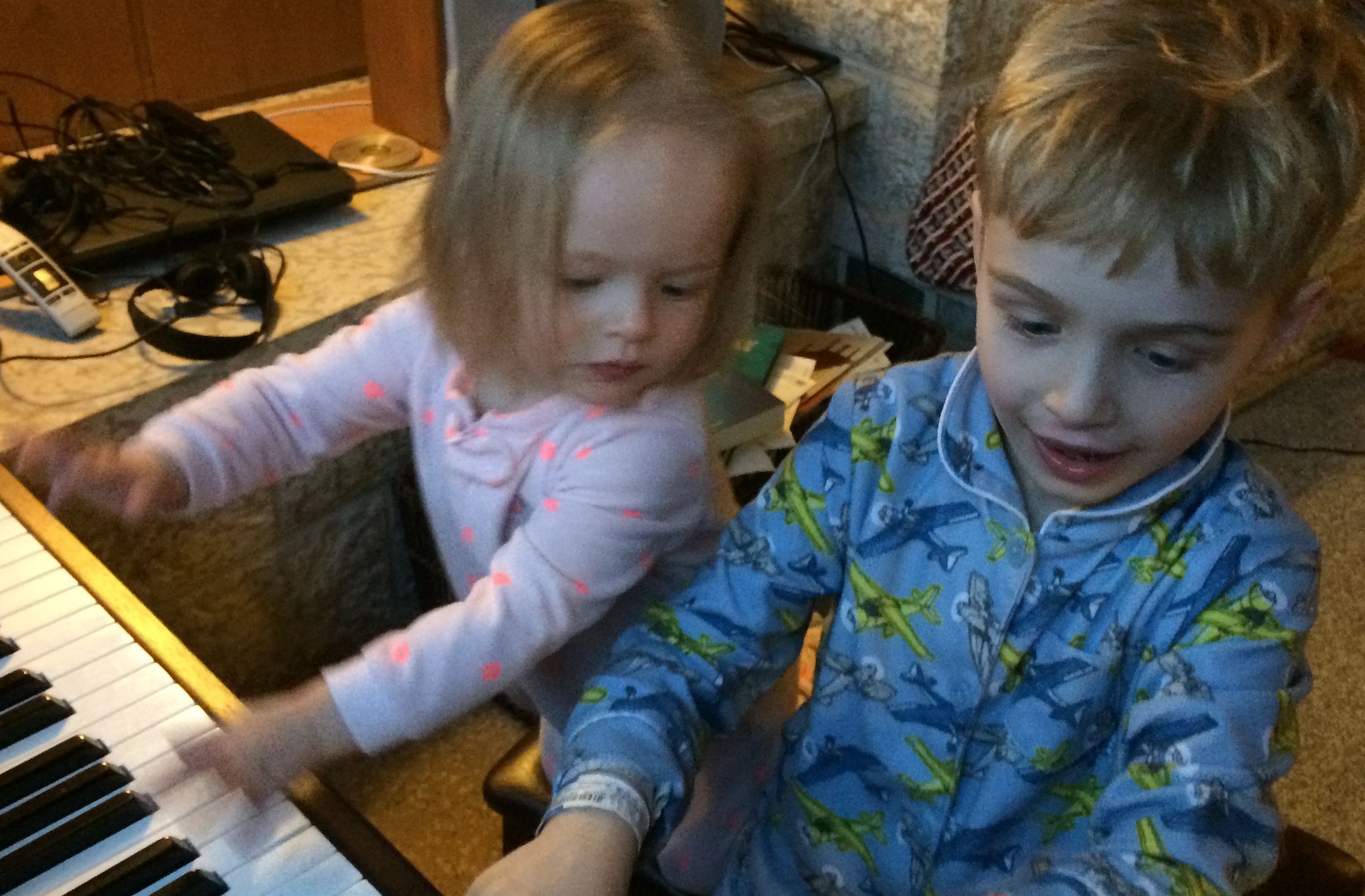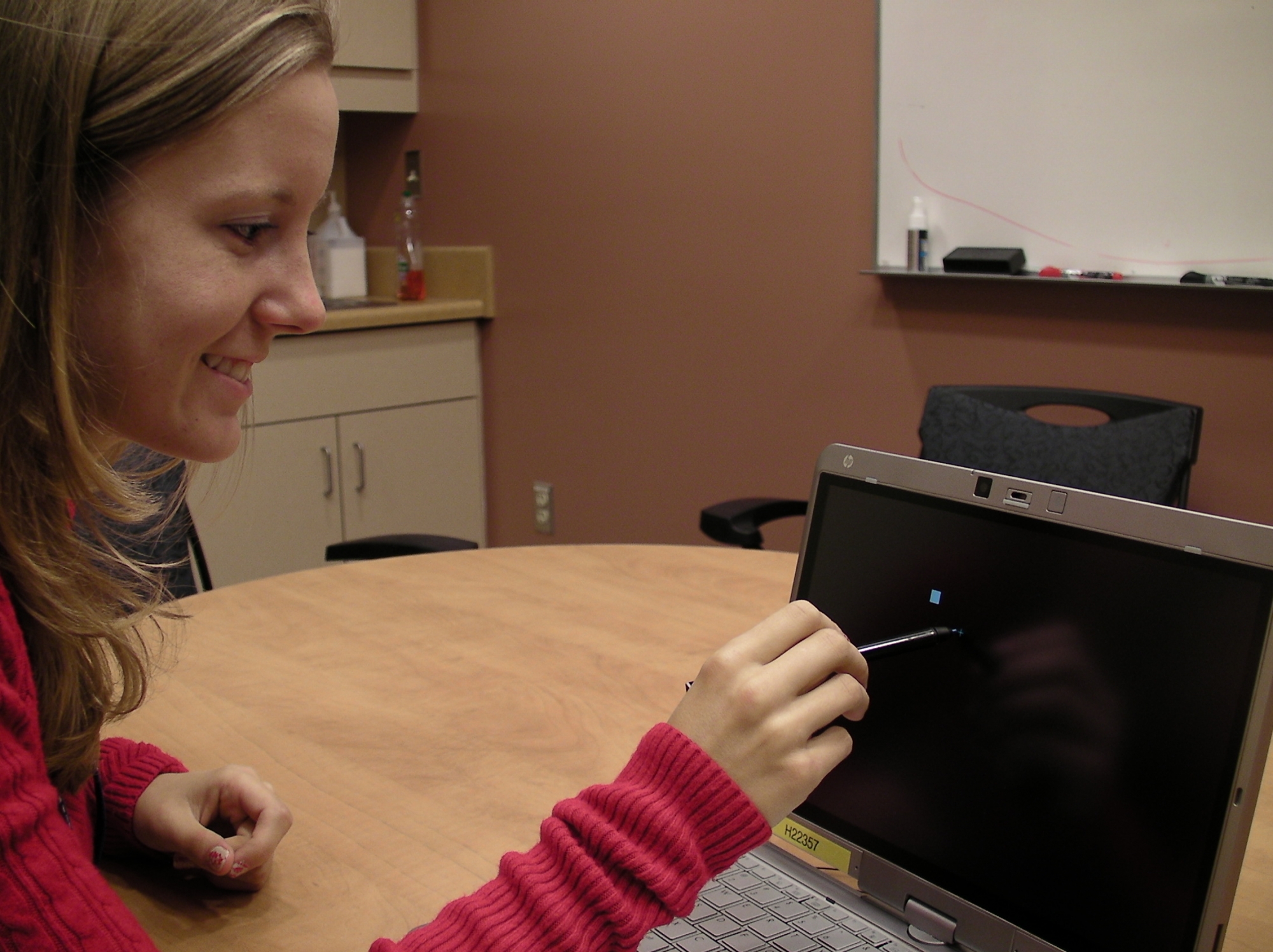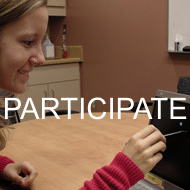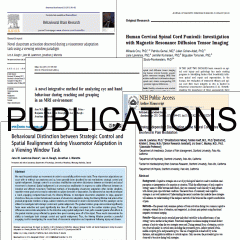Current Research
Do you remember when you first used a touch sensitive tablet? It likely took some effort to learn how to successfully interact with the screen. It may have been easier if an experienced person showed you how to operate it. The performance of movements can be improved and new skills gained through multiple ways of motor learning. The integration of sensory feedback is essential for their success. Several areas of the spinal cord, brain stem, and brain, form the neural networks that facilitate the integration of this information. For patients who have suffered an injury to one of these areas, rehabilitation is a long process. Our lab investigates motor learning in the healthy and injured nervous system with the long term objective to impact rehabilitation methods focussed on the recovery of hand function.
My research focuses on two mechanisms of motor learning:

Observational Learning
We can improve our movements by watching the performance of others. One proposed mechanism by which this learning can occur is the recruitment of mirror systems, regions that are recruited during the observation of an action as well as during performance. Our lab is interested the potential involvement of mirror systems during physical rehabilitation following brain injury.

Visuomotor Adaptation
Visuomotor adaptation is the correction of movements in response to an error. This can occur with and without our awareness through different mechanisms. Our lab conducts behavioural and neuroimaging studies of the mechanisms of adaptation in an effort to better understand the specific roles of individual regions of the nervous system.
More information about the techniques we use is located on the Facilities and Equipment page.
Information about studies are currently seeking participants, or what you should know before coming to a study, can be found on the Participate page.




